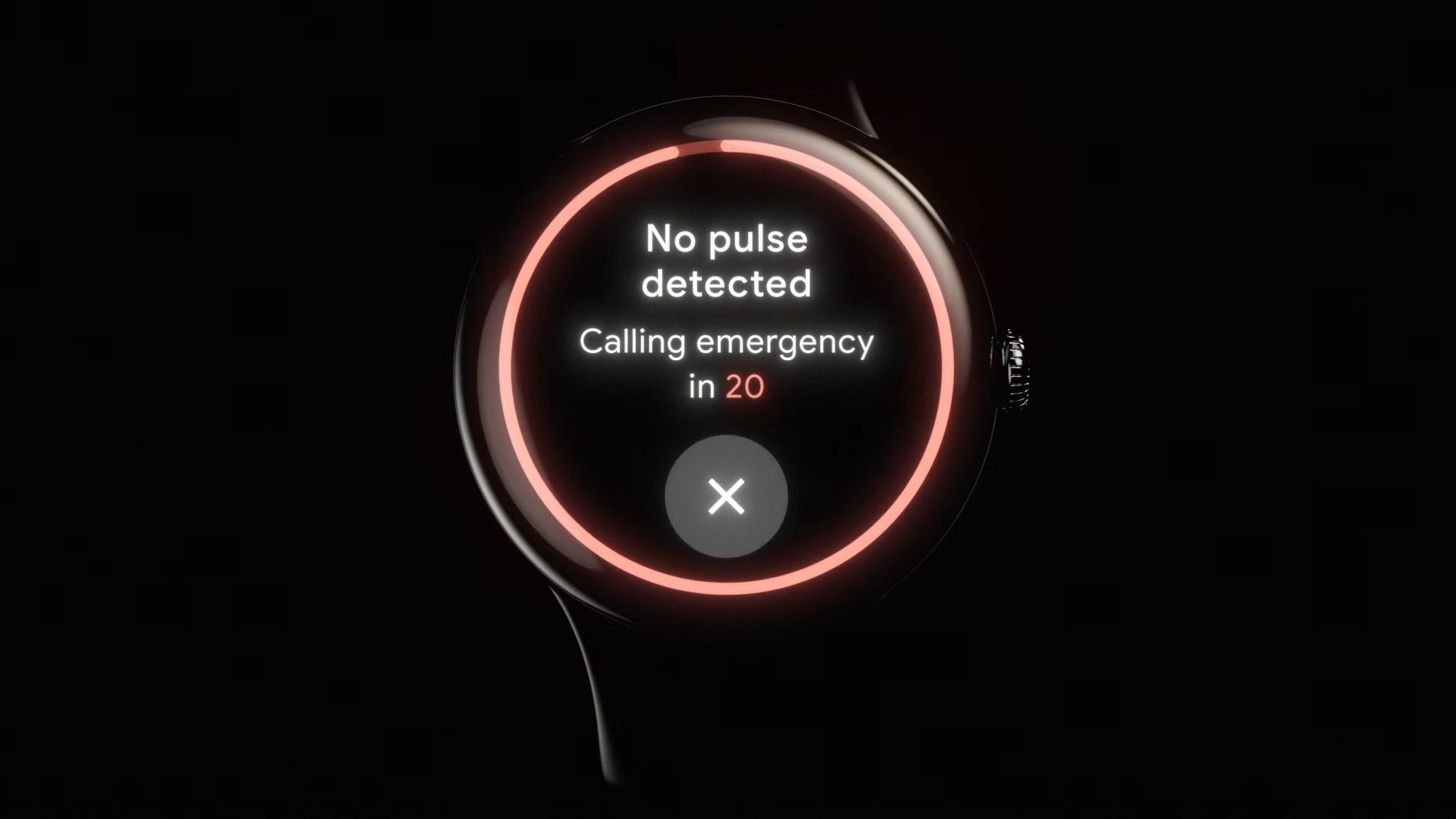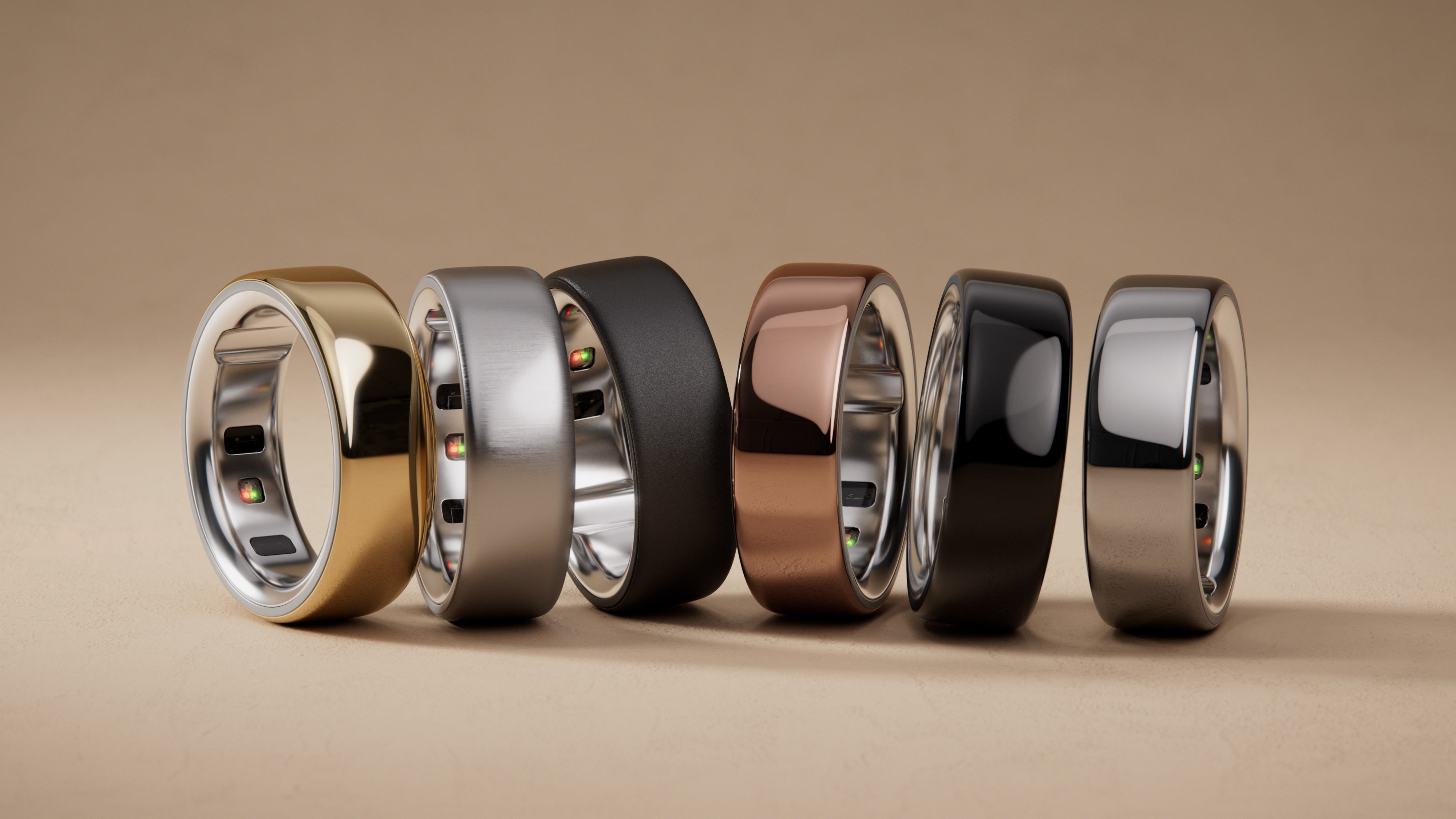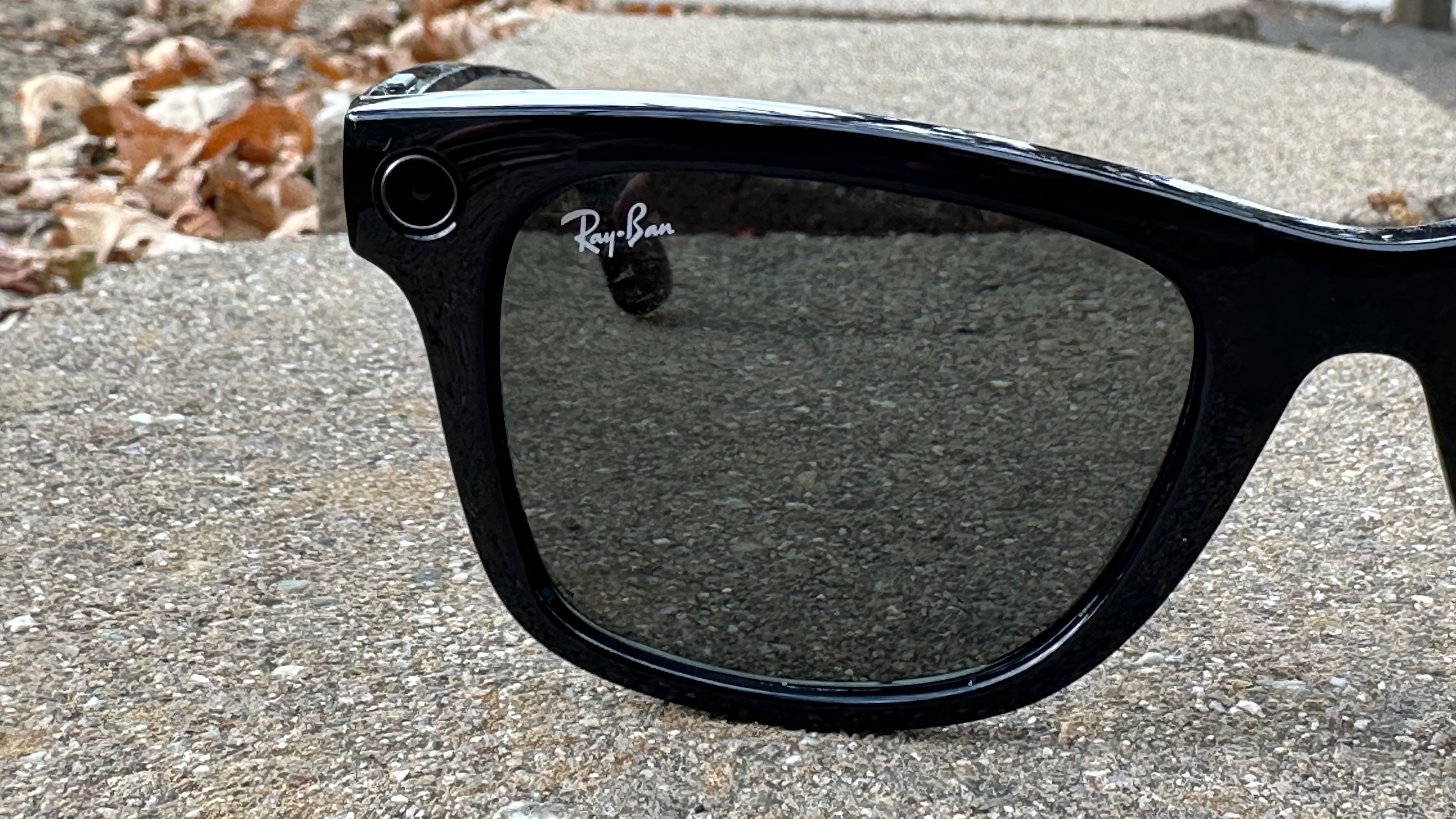Sunday Runday

In this weekly column, Android Central Wearables Editor Michael Hicks talks about the world of wearables, apps, and fitness tech related to running and health, in his quest to get faster and more fit.
As we say farewell to a 2024 filled with new smartwatches, smart rings, and other fun wearables, I’m using my year’s experience as Wearables lead for Android Central — and insights from key wearable analysts — to predict what 2025 has in store for us as smartwatch fans.
We had a very strong year for smartwatches in 2024, but some trends, like an increased focus on AI insights and better health tools on mainstream smartwatches, were half-baked. They were the precursor to what should be a greater push in these areas with the next generation of Android watches, Apple Watches, and other wearables.
Below, I’ll break down the surefire predictions, likely possibilities, and wishful guesswork for smartwatch, smart ring, and smart glasses trends in 2025.
A wider range of smartwatches, especially flagships
Garmin was one of the first to get away with selling a smartwatch that costs as much as a smartphone with the Fenix series, but Apple brought that idea into the mainstream with its Ultra series, and then Samsung happily followed Apple’s lead and ditched its mid-tier Classics and Pros for a Galaxy Watch Ultra. In 2025, look for more brands to start testing loyal users’ willingness to spend more on pricier status-symbol smartwatches, says Jitesh Ubrani, research manager for IDC’s Worldwide Mobile Device Trackers.
“Samsung (thanks to Apple) kicked off the Ultra tier, and we expect more vendors to also launch higher-priced models,” he predicts. That could mean a Pixel Watch Ultra, OnePlus Watch Ultra, or a titanium TicWatch. And that could easily apply to other fitness brands that have typically tried to undercut Apple/Galaxy Watch prices.
At the same time, Ubrani also thinks the inverse is true: We’re going to see “more options for more consumers,” especially thrifty watch buyers. The Galaxy Watch FE and OnePlus Watch 2R started that trend this year, and we could see even more budget or mid-level watches with strategic downgrades next year.
2025: The year of smartwatch AI?

I already brought up this point in my Wear OS 2025 predictions column, but I suspect that Apple, Google, and Samsung will shove their big-name AIs into smartwatches in 2025 with the same urgency and eagerness as they did with phones this year. That means Gemini (or Bixby AI) on Android watches and Apple Intelligence on Apple Watches, in some form.
Anshel Sag, principal analyst for Moor Insights & Strategy, agrees in principle that AI will become “the connective fabric between all of our wearables,” from watches and earbuds to rings and glasses. “Apple Intelligence and Gemini will be big drivers, but so will Meta AI and possibly even ChatGPT.”
However, he also cautioned that he thinks Google “still needs to figure out a way to get Gemini to run smoothly on such performance-limited hardware,” noting that it “could come with RISC-V or some other more capable platform.”
He’s particularly excited about RISC-V‘s potential for Android watches, saying “the payoff could be huge” for its custom chips. But even if new chips like the Snapdragon W5 Gen 2 have more compute power, the tokens needed for a conversational LLM may simply be too much for the watch form factor right now, and RISC-V itself could “take a bit longer” to arrive.
Ubrani seemed to agree that “AI will make a splash [in 2025], though this may not exclusively be on-device.” Instead, just like we got cloud-based AI analysis like Samsung Health’s Energy Score and Wellness Tips in 2024, we’ll see “more personalized experiences” for health and fitness in 2025.
Smartwatches will become even more of a mobile doctor’s appointment

You know how much data smartwatches can track already, from heart health and sleep apnea to skin temperature and AGE index. The Pixel Watch 3 added Loss of Pulse Detection, while most mainstream watches warn you if you’ve fallen or catch if your heart rate is higher or lower than normal. So, what’s next?
Stop me if you’ve heard this before, but blood pressure might roll out more widely. Samsung has offered it for years but without FDA approval. Apple might add it to the Ultra 3 in 2025 (via MacRumors), though leaks have suggested this for years now. Ubrani predicts that the feature will “come to more devices and more countries” in 2025.
Otherwise, he believes that we’ll start to see a “more holistic approach to health tracking” in 2025, incorporating data from third-party devices into first-party health analysis. For example, we could see “glucose monitors working with smartwatches or in-home devices that track environmental impact on sleep and recovery.”
I myself would love to see better hydration and sweat tracking on watches in 2025, so you know when you need to refuel — or if you’re close to passing out — during tough activities.
Smart rings will keep growing — then plateau
Ubrani shared IDC’s sales estimates and projections for watches and smart rings. Smart rings sold about 880,000 units in 2023 and doubled to 1.77 million in 2024. By 2025, they believe the number will climb to 2.54 million, a significant 43% boost.
No doubt, the best smart rings will keep getting better with new health insights. But IDC predicts that the subsequent jumps for 2026 (15%), 2027 (9%), and 2028 (5%) will decrease, with smart rings probably not growing much beyond 3–4 million anytime soon. That’s a far cry from smartwatches (156.8 million in 2025) and fitness bands (35.3 million). Even smart glasses are expected to grow faster (more on that next).

When I asked Ubrani why he thinks smart rings won’t grow to supplant other wearables, he blamed “supply challenges inherent to the form factor,” like the need for a sizing kit and the challenge of different inventory for every size and finish of a ring.
Also, “from a consumer perspective, pricing is a barrier,” and “the market isn’t huge because many would find a smartwatch to be good enough.”
“I personally use [a smart ring] every day,” Sag says, but “they are more of a niche product that’s predominantly focused on health…rings simply don’t replace smartwatches, they are mostly complementary.”
He specifically praised the Samsung Galaxy Ring and how it can “enable better UX” but argued that “its limitation to Android only hampers its potential.” I argued that exact point last year about Galaxy exclusivity, so it felt a bit vindicating.
As for what I want to see from more smart rings in 2025, I covered that in a previous column: haptics for alarms and notifications, better “find my ring” tools, NFC support, more health vectors like passive AFib detection, and more unique styles than the typical thick-band look most of them share. And generally speaking, I just want more smart rings from mainstream brands; give me an Apple Ring, Pixel Ring, Garmin Ring, and so on.
Smart glasses break out into the mainstream

Smart glasses might not fit your typical vision of “wearables,” but they’re actually quite similar to smart rings. Hear me out: They’re something you typically buy based on your fashion sense and taste. They offer features already available in other popular smart tech like audio (earbuds), cameras (smartphones), and AI (phones again). And you have to design them for multiple styles and finishes, making them harder to sell and distribute.
Ubrani pointed out many of these concerns, saying that “most consumers don’t need” AI, music, and photography in one $300 package on top of an expensive smartphone cost. People who already wear glasses “might be delighted to have additional features built-in,” but these electronic tech companies “don’t have the expertise to sell eyewear,” especially through traditional channels. And those who don’t wear glasses “might not want to wear glasses unless it’s solving an unsolved issue.”
Yet despite all these roadblocks to success, IDC projects that smart glasses’ sales will jump from 2.5 to 3.5 million in 2025 and an additional 1 million each year through 2028, making them the fastest-growing wearable category.

“Smart glasses are not going to remain niche,” Sag argued. “They will continue to grow because they are the most natural platform for AI and I believe that Meta’s sales will continue to grow as it starts to co-market with EssilorLuxottica.” Meta won the bidding war for EssilorLuxottica, allegedly beating out Google’s bid, giving them the edge with their popular Meta Ray-Bans.
Beyond Meta, Google recently announced its Android XR platform that’ll power mixed-reality headsets, AR glasses, and smart glasses. Samsung also announced its “Project Moohan” XR headset, but we’ve also seen leaked reports about Samsung AR glasses arriving next year.
Unlike displayless smart glasses, it’s hard to say whether AR glasses are ready for massive sales. We like brands like Xreal that use AR glasses as extended displays for gaming — and we’re excited for the spatial Xreal One Pro coming next year — but we’re still years away from the wide-FOV Meta Orion AR glasses meant to be worn outside or all day.
We’ll see whether AR glasses prototypes like Google’s Project Astra will make an appearance in 2025 and whether they will take the world by storm like Google Glass (temporarily) did. Sag was much more bullish about the prospects of AR glasses in the next few years, while Ubrani said an AR display would “change some of this conversation, but distribution will remain a challenge.”
No need to be greedy

I wrote last week about how surprisingly good smartwatches have gotten in 2024 in terms of speedy app performance, reliable health & fitness data, and a wider range of designs and brand options. Whatever happens in 2025, we’ll still have that baseline of quality to count upon.
My personal wishlist for new smartwatch features in 2025 is very niche: I’d love to see more rucking sports modes that let you input your pack’s weight and take it into account for training load, and the leaked Garmin Instinct 3 might do just that. I want customizable Google Maps courses you can download to Wear OS watches for offline turn-by-turn navigation during hikes and workouts. And I want all watch brands to continue to improve their heart rate algorithms and sensors so they’re not all so mid-tier when it comes to anaerobic track workouts, so I don’t need to wear a chest strap.
What are your hopes and predictions for smartwatches, smart rings, and smart glasses in 2025? I hope whatever they are, they come true in the new year.
